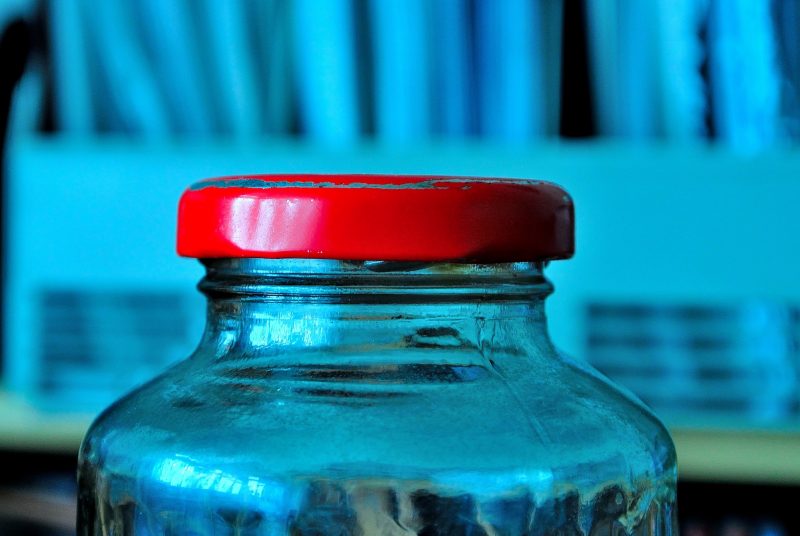The thermal shrinkage It is a physical phenomenon due to which matter, whether in a solid, liquid or gaseous state, loses a percentage of its metric dimensions as its temperature is removed. For instance: liquefied gases, thermal erosion, uncapping jars.
In that sense, it is the opposite of thermal expansion, characterized by the increase in proportions due to the energetic increase in the atoms of the matter as a result of the increase in temperature.
Both phenomena are due to the effect that the injection or withdrawal of heat energy has on the particles of matter, since it causes their atoms to vibrate at a higher or lower rate respectively, thus requiring more or less space for movement.
This phenomenon is perfectly observable in gases, for example, whose volume responds to temperature, expanding and volatilizing in the face of heat, and contracting and even liquefying in the face of cold.
This type of phenomenon is of vital importance in the architectural and construction industries, since the choice of materials in the face of climatic conditions may well represent a problem with regard to the stability of buildings.
Finally, it should be noted that not all materials respond in the same way to expansion and contraction processes, and some even respond to only one of the two. For example, water expands when it is brought below 4 ° C.
Examples of thermal shrinkage

- Uncover jars. A known technique for uncapping metal-capped jars is to expand them using heat, since after spending a long time in the refrigerator or freezer, the metal contracts and it is much more difficult to turn it.
- The liquefying of gases. By cooling a gas to a certain point, a thermal contraction is induced such that its particles can change the structural arrangement between them and thus become a liquid. This process is known as liquefying and it is also usually produced through variations in pressure, forcing the particles to contract through environmental force.
- Freezing water. Water expands notoriously when it approaches its boiling point (100 ° C), and contracts when it descends to 4 ° C, acquiring its point of greatest density (greater proximity between its particles). Once below that temperature, it expands slightly again when it becomes a solid state.
- Thermal erosion. Exposure to the increase in temperature during the day and to the decrease at night, in cases of very high thermal variability, lead to the erosion of rocks and solid materials in the environment, which expand during the day and contract at night, thus promoting the loss of its customary density.
- Cold shrink assembly. In many manufacturing industries, complex pieces of machinery (flanges, pipes, pieces of lever) are assembled from their hot assembly, when they are expanded, since then, when cooling, the pieces will contract and remain firmly in place.
- Ceramic tiles. Ceramic for domestic use is very susceptible to expansion and contraction, and for this reason it is usually surrounded by an elastic application when fixing it in place, to keep it pressed in cases of contraction and cushioned in cases of dilation.
- Thermometers. Being a metal and also a liquid, mercury responds very well to thermal expansion, expanding in the heat and contracting in the cold, thus making it possible to show changes in temperature.
- The roofs of the houses. During winter, construction materials tend to contract, causing deformations similar to those of their expansion during the summer. This is also due to the characteristic sound of wooden houses when this material cools and contracts at night.
- Thermal shock. Subjecting certain materials that are highly expanded by the action of heat to a sudden loss of temperature (a bucket of water, for example), will cause their rapid and violent contraction, thus generating cracks or fissures in the material.
- Glass handling. The famous experiment of how to put a whole boiled egg in a glass bottle is based on this principle. The glass is heated to expand it until the egg can pass through the mouth, and then it is cooled to contract it and restore it to its original dimensions.
